Pen pals from afar build rich relationship over 60 years through old-fashioned correspondence – no WhatsApp about it
A SENIOR BEAT GUEST COLUMN – My correspondence with Jutta Mengersen (now Brockhaus), the “World’s Ideal Pen Pal,” began in 1963, when we were both in high school. She was in Detmold, Germany, and I was in Columbia, South Carolina. Since then, we’ve met in my home in San Francisco and in her home in Bremen, Germany, as well as in France and Switzerland. The diary we’ve shared since 2001, now in its fourth volume, has traveled all the way to Mali. But it’s through letters (remember those?) that our friendship has been sustained.
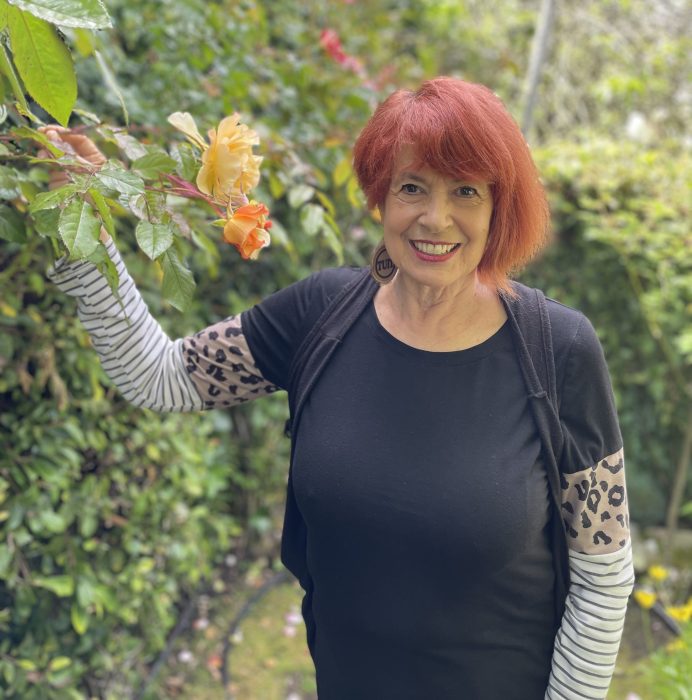
I was matched with Jutta after Harriet Clarkson, a girl in our high school, returned from an exchange program in Germany. So many people there were interested in getting U.S. pen pals that she sought volunteers. I was thrilled when I got my first letter from Jutta, who had sung in a choir with Harriet. But I had two reservations. She wasn’t French, a language I could study at our high school.
Second, she was German. Back in 1963, my dad wouldn’t even buy a Volkswagen because he didn’t want to support the re-industrialization of Germany. But I could tell from Jutta’s first letter that she was no Nazi. She would more likely have been a member of the Von Trapp family, ready to “climb every mountain” to escape them.
I had always been in awe of people from other countries who spoke a language other than their native one, and that was Jutta. She also knew French and English and would later teach French. I would go on to teach English to immigrants and international students at City College, traveling the world just by going to class.
No to WhatsApp
I’ve kept every letter and postcard she ever wrote to me, and when she turned 60 more than 15 years ago, I laid them out on the floor of my study and shaped them into a six and a zero. It took up the entire space.

When Jutta turned 70, in 2017, I created a slide show, which I call a “talkie,” and put it on YouTube. I am very low-tech, so there were no bells and whistles, but my voice accompanied the pictures.
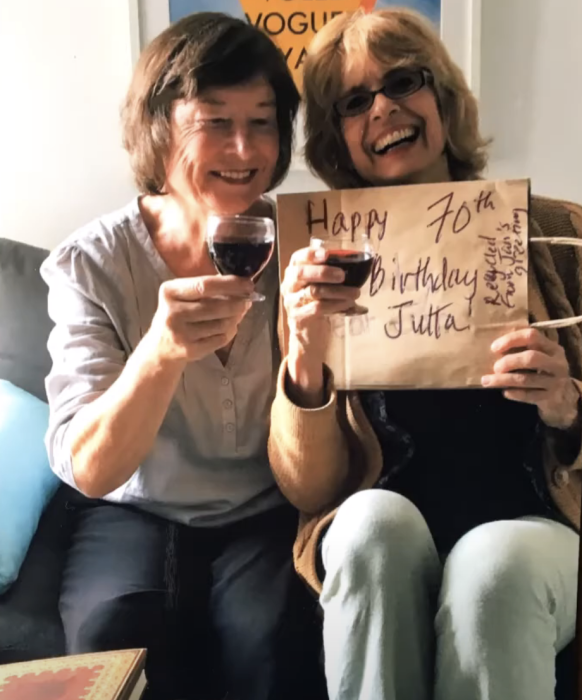
In the past decade, we’ve occasionally communicated through email – maybe 20 exchanges a year. We’ve texted occasionally, as when Jutta was in Brittany with her friend Doris, and they got together with my French friend Annie, who lives there. Annie texted me a photo of them in the rain, saying hello from more than 5,000 miles away, and I got to respond in real-time – though nine hours apart.
More recently Jutta texted me to say, “Maybe you didn’t know that since 2 months, I’m in possession of a real smartphone. For the first time in my life. So, I can meet you in WhatsApp!” I felt appalled rather than thrilled at the prospect. I texted back that I don’t have WhatsApp.
Of course, I could get it in a minute; I just don’t want to. My fingers are clumsy on the tiny keyboard, but that’s not the only reason. I still cherish letters. In a world where so much is digital and transitory, letters seem personal and lasting.
Our hand-written letters and some postcards have continued, a few times a year, tracking our lives from time to time.
The truth is I’ve kept all personal letters over the years and have trunks of them. But hers are special because she’s made them into art with drawings and collages and by the way she puts words on the page. She’s done the same thing with the diaries we’ve shared since 2001. She also decorates the envelopes.
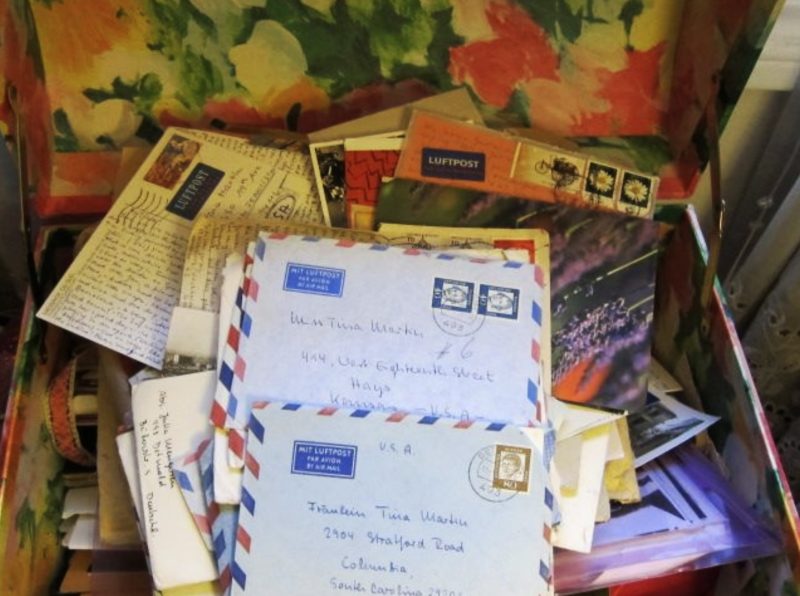
How does a friendship like ours – sustained mostly at a distance – relate to the lives of seniors? It connects and gives a perspective on life, including ways to live it and illustrations of how we’ve lived it so far.
I can trace a lot of my life since the age of 18 through the addresses on the letters from Jutta –South Carolina, Kansas, several addresses in San Francisco, and Hawaii, where I was in Peace Corps training for Tonga in the South Pacific. It was then that I stopped writing to Jutta because I thought we were too old to be pen pals.
After Tonga, Spain, Algeria, marriage, a baby, and a full-time contract teaching English as a Second Language at City College of San Francisco, I decided we weren’t too old after all and wanted to get back in touch with her. But it wasn’t a straightforward path.
A lucky break
I sent a letter to Jutta Mengersen at her address in Detmold. But her name had changed after marriage, and she hadn’t lived in the family home for decades. By chance, her mother, Vera, who had also changed addresses, was in a clinic in Detmold for two or three months and asked that all mail addressed to her be forwarded to Jutta Brockhaus in Bremen. When the post office saw my letter to Jutta, they forwarded it along with her mother’s mail.
Jutta responded right away, and we updated each other as well as we could. But of course, I’d cheated her out of letters with the beautiful Tongan, Spanish, and Algerian stamps. Four years after we’d resumed writing, she and her husband, Andreas, planned their first trip to the United States, one they thought would be the last with their three children, Jan, 22; Anne, 19; and Max, 15.
Of course, Jutta and I had sent each other pictures, but what surprised me most was that when they arrived in 1998, she was so much the way I had pictured her from her letters – warm, open-minded, creative, and generally lovely and unique.
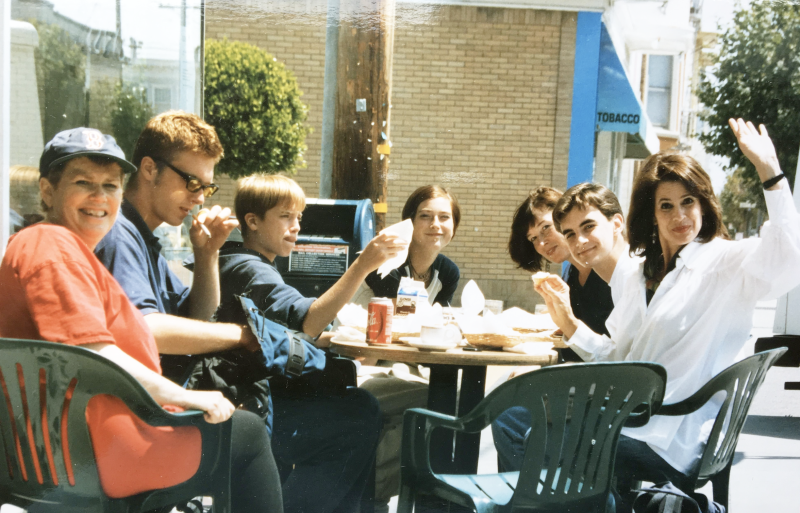
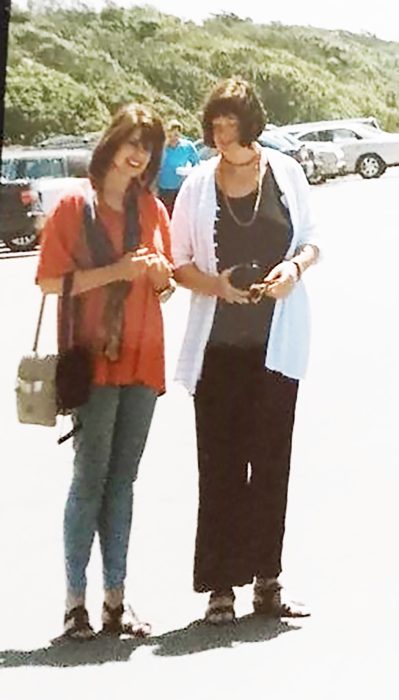
All the Brockhaus were savvy travelers and had places like the Cartoon Museum on Mission Street on their list of places to visit. Her son Jan rented a bike and went all around San Francisco. “They’ve forever raised the bar on tourists,” my son commented.
I held an open house so my friends could meet them. I took them, along with my mother and father, to see the San Francisco Ballet at Stern Grove, across from my house. A couple of my friends invited them over for dinner, and one couple, Betsy and Sal, even put up Jutta, Andreas, and Max in their in-law apartment for their week’s stay. Later, Betsy and Sal invited Max to live with them for a year of high school. He accepted, and when he arrived in 2001, he brought the first volume of Jutta and my shared diary.
In 2011, Jutta and Andreas invited me and my then-partner to stay for a week at their home in Bremen. Jutta goes for depth over distance (no “If It’s Tuesday, this must be Belgium” for her!), so we stayed in the northern part of Germany, getting to know Bremen very well. I got to see again one of the couples who’d brought our shared diary from Bremen to San Francisco a few years earlier. Jutta and Andreas took us to Spiekeroog, an island off the North Sea coast. We also visited Hamburg and Berlin, where her son Jan was living, and gave us a great tour as well as a car ride in reverse down a one-way street to get to a boat about to depart.
A special pilgrimage
Jutta and I also met twice in Paris, a city I’d been to only a couple of times but where Jutta had studied extensively and later taken her students studying French (one of whom brought our shared diary to San Francisco after accepting a biotechnology job in Emeryville).
Jutta joined my French friend Annie Billon and me when I was staying with the Billons for a week before a reunion with other friends in Brittany. We went to Giverny with Annie and other French friends and had a picnic on the Seine. We sang French songs and recited poetry. The French writer Michelle Labbé invited us for drinks in her garden and recited Lewis Carroll’s “Jabberwocky” in French after I’d recited it in English.
Then, we made a special trip to Switzerland. We’d both traveled through Switzerland, but never together until 2014 after I’d retired from 32 years of teaching at CCSF. Our pilgrimage was to visit our favorite Swiss writer, Alex Capus, someone I’d met only through letters when he interviewed me for a book he was writing: “Sailing By Starlight: In Search Of Treasure Island.” Jutta met him when he did a reading in Bremen. Later, in Hamburg, she’d shown him our shared diary, which he signed.
We arranged to meet him in his hometown of Olten. My son planned it so Jutta, traveling from Germany, and I, traveling from San Francisco, would meet for a specific train in Zurich. We boarded together like clockwork. Capus introduced us to his wife (who is very much like the character Tina in his novel, “Life Is Good,” treated us to dinner, and showed us around town.
The three days we were there, Jutta and I frequented his inn, the Galicia Bar, where concerts are held and which has a mural of the Camino de Santiago, a walk she’d already taken and one I would do two years later. We both sent each other postcards.
One surprise in our continuing correspondence is that even though both of us got married and became mothers, our interests really didn’t change a lot; they just evolved. She’s loved French writers since high school when she read “The Little Prince.” She quoted it in one of her first letters to me. Later, she worked with teachers in Mali and has used her French to help refugees. I was in the U.S. Peace Corps and International Volunteer Services.
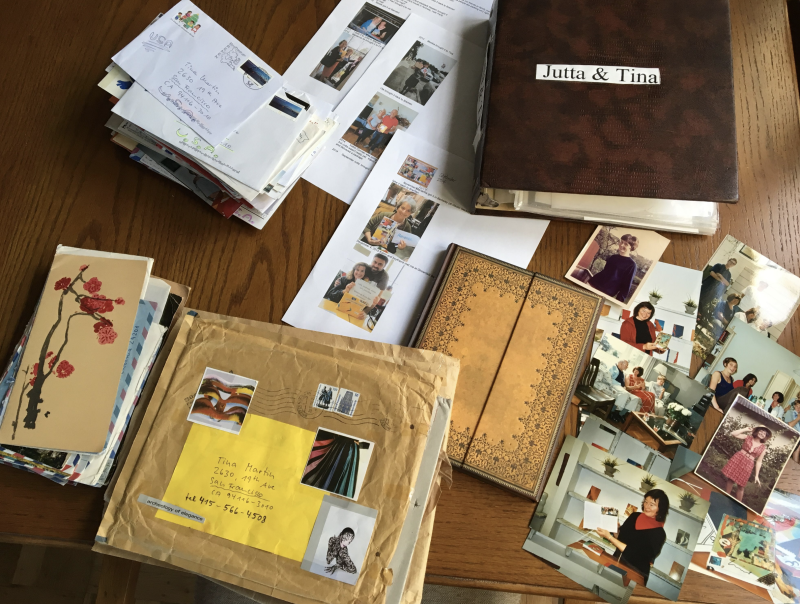
We continue to write about our volunteer work, travels, friends, special reunions, books, and, of course, our adult children and, in the case of Jutta, her grandchildren.
In 2023, my sister Dana and her son Karl, while on a trip to Berlin, met Jutta and her son Jan. Jutta was just about to leave for a bicycling tour around Lake Mosel, but she made a special effort to get to Berlin in time to visit with them.
I haven’t seen Jutta in person since 2016 when we were in Paris with Annie and her friends for the second time – right after I’d done the last leg of the Camino de Santiago. Besides knowing that air travel is the worst thing we can do for our carbon footprint, I think our lives are so full and our correspondence so rich that we don’t need to travel to see one another. We let our shared diary do the traveling.
We’ll soon begin a new volume. So far, we’ve stayed off Zoom, Facetime, and WhatsApp.
EDITOR’S NOTE: Senior Beat profiled Tina Martin last year.


